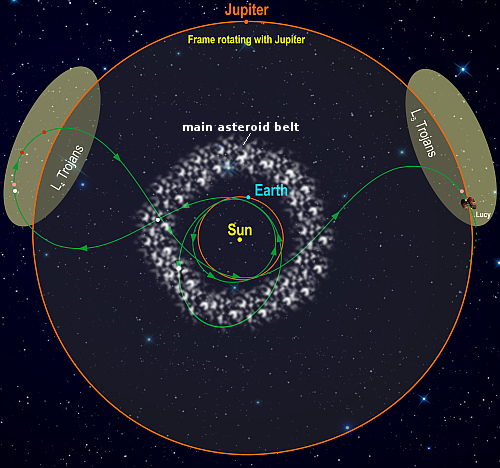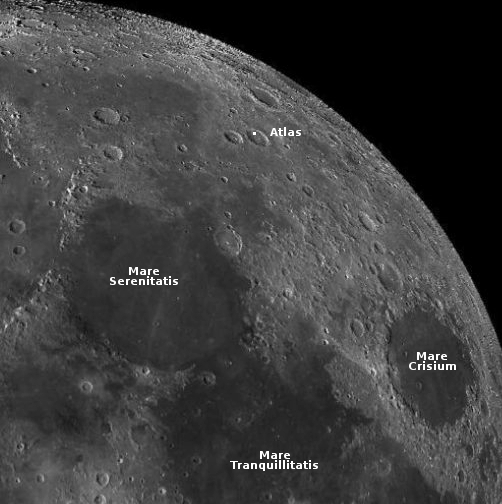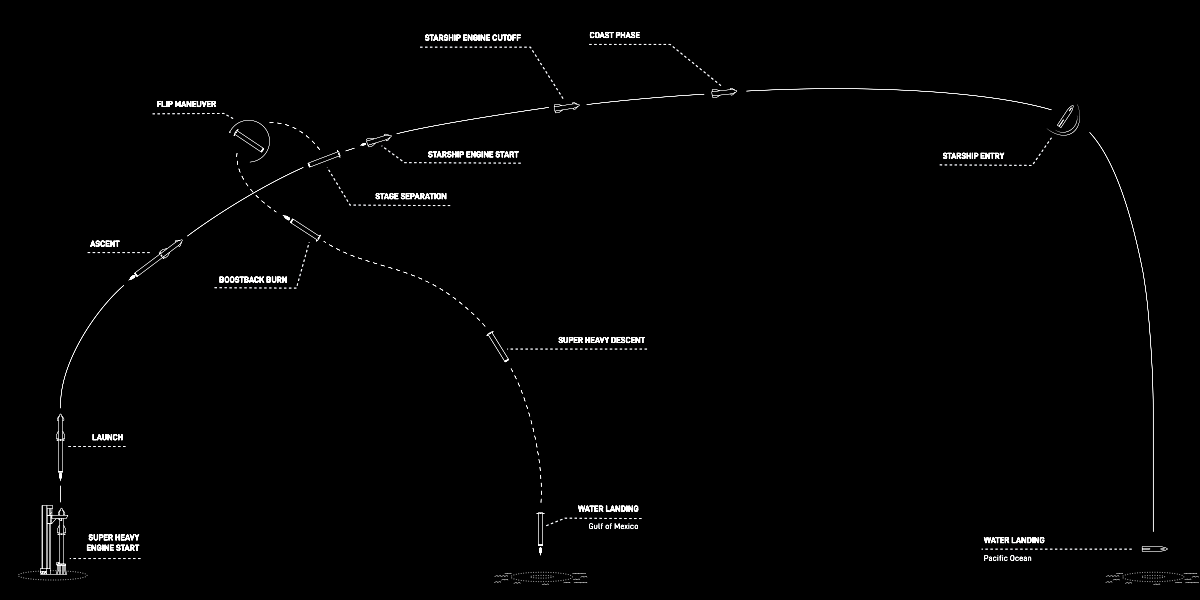April 14, 2023 Quick space links
Courtesy of BtB’s stringer Jay.
- Video of the explosion during a recent Centaur stage test
According to the tweet by ULA CEO Tory Bruno, “Hydrogen leak. H2 accumulated inside the rig. Found an ignition source. Burned fast. Over pressure caved in our forward dome and damaged the rig.” They still need to locate the source of the leak.
- China’s spaceport deal with Middle East nation Djibouti has been cancelled
The deal had been announced in January. I suspect Djibouti was pressured by the U.S. to cancel, since we have so many military bases there.
- Firefly touts its project to build a medium-lift launch vehicle, larger than its Alpha rocket
The link however only shows pictures of the construction of the buildings where the rockets will eventually be built.
- Road closure notice for Boca Chica on April 17th, with back up dates on April 18th and 19th
I do not think this is for the launch itself, but for the wet dress rehearsal countdown and static fire test SpaceX said it would do before launch.
- Russian movie, The Challenge, shot on ISS, to be released in 20 countries
The list kind of indicates the allies (or potential allies if the U.S. continues to screw up) for the new Chinese/Russia axis: “China, Serbia, Bosnia and Herzegovina, Montenegro, Croatia, Slovenia and North Macedonia, Palestine, Bahrain, Egypt, Iraq, Jordan, Kuwait, Lebanon, Oman, Qatar, Saudi Arabia, Syria, the UAE, Iran and Sudan.”
Courtesy of BtB’s stringer Jay.
- Video of the explosion during a recent Centaur stage test
According to the tweet by ULA CEO Tory Bruno, “Hydrogen leak. H2 accumulated inside the rig. Found an ignition source. Burned fast. Over pressure caved in our forward dome and damaged the rig.” They still need to locate the source of the leak.
- China’s spaceport deal with Middle East nation Djibouti has been cancelled
The deal had been announced in January. I suspect Djibouti was pressured by the U.S. to cancel, since we have so many military bases there.
- Firefly touts its project to build a medium-lift launch vehicle, larger than its Alpha rocket
The link however only shows pictures of the construction of the buildings where the rockets will eventually be built.
- Road closure notice for Boca Chica on April 17th, with back up dates on April 18th and 19th
I do not think this is for the launch itself, but for the wet dress rehearsal countdown and static fire test SpaceX said it would do before launch.
- Russian movie, The Challenge, shot on ISS, to be released in 20 countries
The list kind of indicates the allies (or potential allies if the U.S. continues to screw up) for the new Chinese/Russia axis: “China, Serbia, Bosnia and Herzegovina, Montenegro, Croatia, Slovenia and North Macedonia, Palestine, Bahrain, Egypt, Iraq, Jordan, Kuwait, Lebanon, Oman, Qatar, Saudi Arabia, Syria, the UAE, Iran and Sudan.”
















